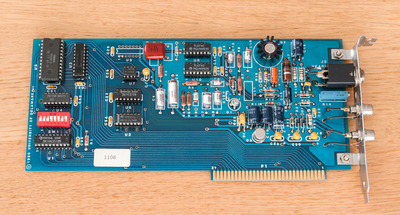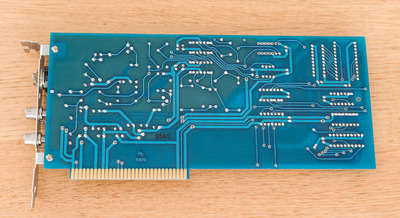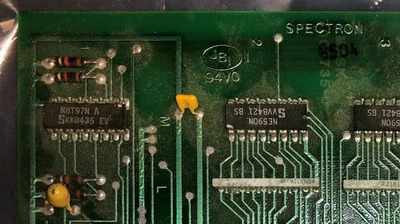First post, by suntac
Did you know there was a predecessor to the AdLib Music Synthesizer Card (1987)?
Designed in 1986 or earlier as a school project at University of Delaware, it seems hundreds of them may have been produced. According to the numbers stamped under the solder mask (8640) on the card's bottom side, the bare PCB was manufactured in September or October 1986.
Although the card's OPL2 chip was originally mapped to a different I/O port range, it was pretty simple to deduce the meaning of the DIP switch configuration and to remap the OPL2 to the now-standard AdLib's I/O port range, 388h/389h.
The card provides one amplified mono output via the ¼ inch jack socket and two identical line-level mono outputs via the RCA sockets. The card's signal-to-noise ratio is pretty good, possibly comparable to Roland's.
I never liked the original AdLib Music Synthesizer Card's design and considered it somewhat ugly. This one, on the other hand, has some real aesthetic appeal.


